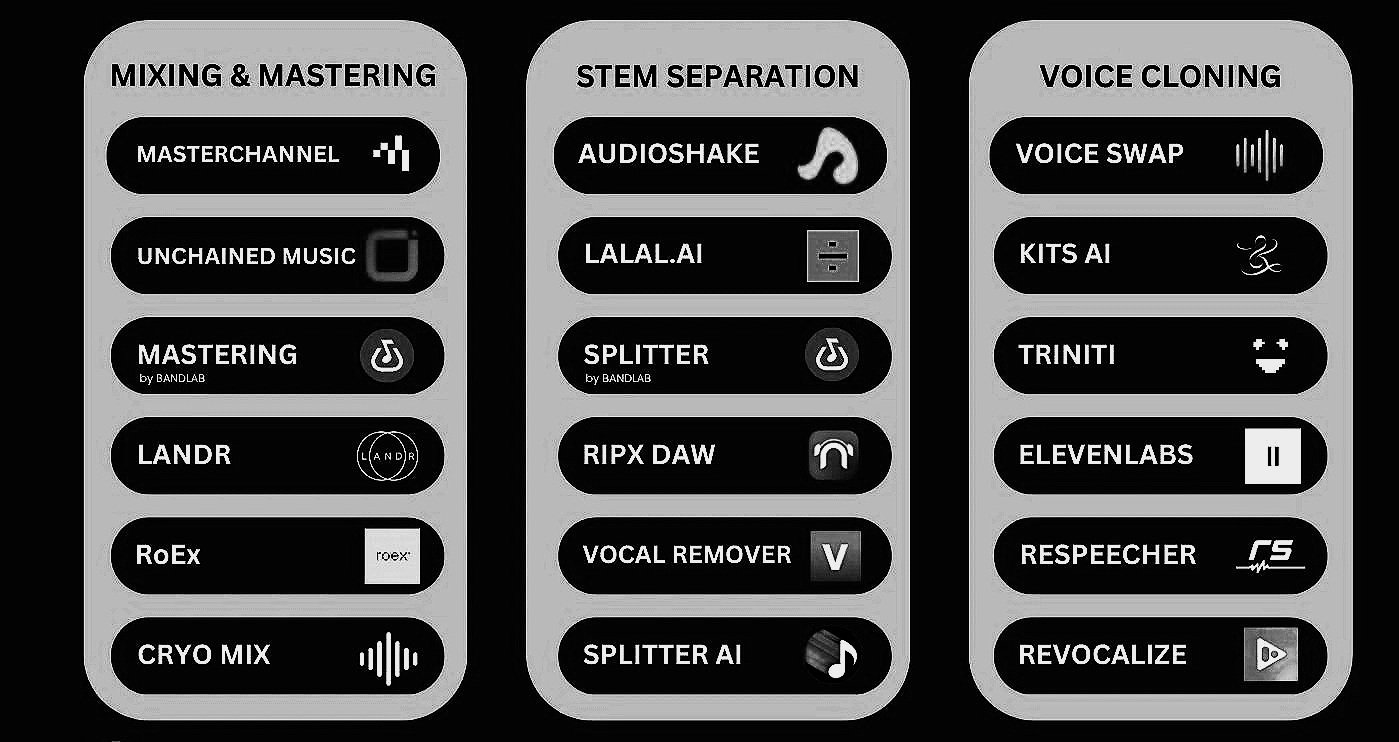AI and Modern Creation
Our not-so-unique take on creativity in the age of Gen AI
We began working on Just 4 Noise long after the creation of generative machine learning methods, and even quite far after the boom of AI hype. While most people speculate that the first generative AI model was developed in the 1950s, others argue that the concept and creation of the first algorithms took place in the late 1800s. Regardless of your take, it’s safe to say we are not blazing any trails. That being said, my team and I are firm believers in the idea that the outcome of technological revolutions doesn’t always need to be some new shiny machine. In fact, the reality is typically the complete opposite.
Similar to all revolutionary predecessors over the past century, the AI hysteria is seeing a lot of companies building big, fancy, expensive beasts that in the end don’t serve much function. In the coming months and years to follow, we will see many of these tools wiped out given the lack of purpose in the market. The ones left standing will be those that focus predominantly on a real-world problem and most likely use the technology to solve very simple tasks that otherwise would be very time-consuming for a human to do. That’s it — nothing more than another robot in the assembly line, automating manual processes.
Think about the evolution of modern-age musical tools via a synthesizer. First, we had analog synths, then we had digital synths, and now we have neural synths. When the first analog electronic audio synthesizers were released to the larger public, they fought a huge backlash from the music community. The same goes for digital instruments and music production tools. All the while, many talented artists embraced these various technologies, invested lots of time, money, and energy into them, found a place in their workflow to incorporate them, and made impactful music that the majority of people still call ‘‘classics’’. We see the same cycle occurring today as AI-based neural synthesizers flood the market. The Minimoog didn’t replace musicians, and neither will any AI tool.
Now, I don’t say all of this to demean AI as a technology along with the experts who build incredible things. Furthermore, per the sub-title of this post, I do not think I am saying anything mind-blowingly new here. However, I think it is still something important to call out in this ongoing blog series as it is a cornerstone for us at Just 4 Noise. We don’t do magic and we aren’t inventing some ground-breaking technology, we are simply making a task quicker for our users. I won’t lie, our machine learning wizard Henning does some pretty insane things that I sometimes struggle to comprehend, but the two of us agree that our custom models serve a humble purpose: saving our users time and energy.
a small list of other audio AI tools created by the AI Musicpreneur
We don’t want to and will never be able to replace human creativity. People often worry about the prospect of robots taking all the spots on the top charts or in museums, but just by looking at real-world examples, it is quite clear that the generative AI models used to create ‘art’ struggle to mimic the human creation process. Instead, the technology is able to help a lot with many other aspects of creation and self-expression, and we see many real-world examples of artists and professionals alike doing amazing things to boost their productivity/creativity by leveraging AI.
Yet another rant over :) I hope this one wasn’t too painful to read, but most of all I hope it gave you a better understanding of why and how we are using our technology stack.
As always — feel free to reach out!
- Max (max@just-noise.com)
